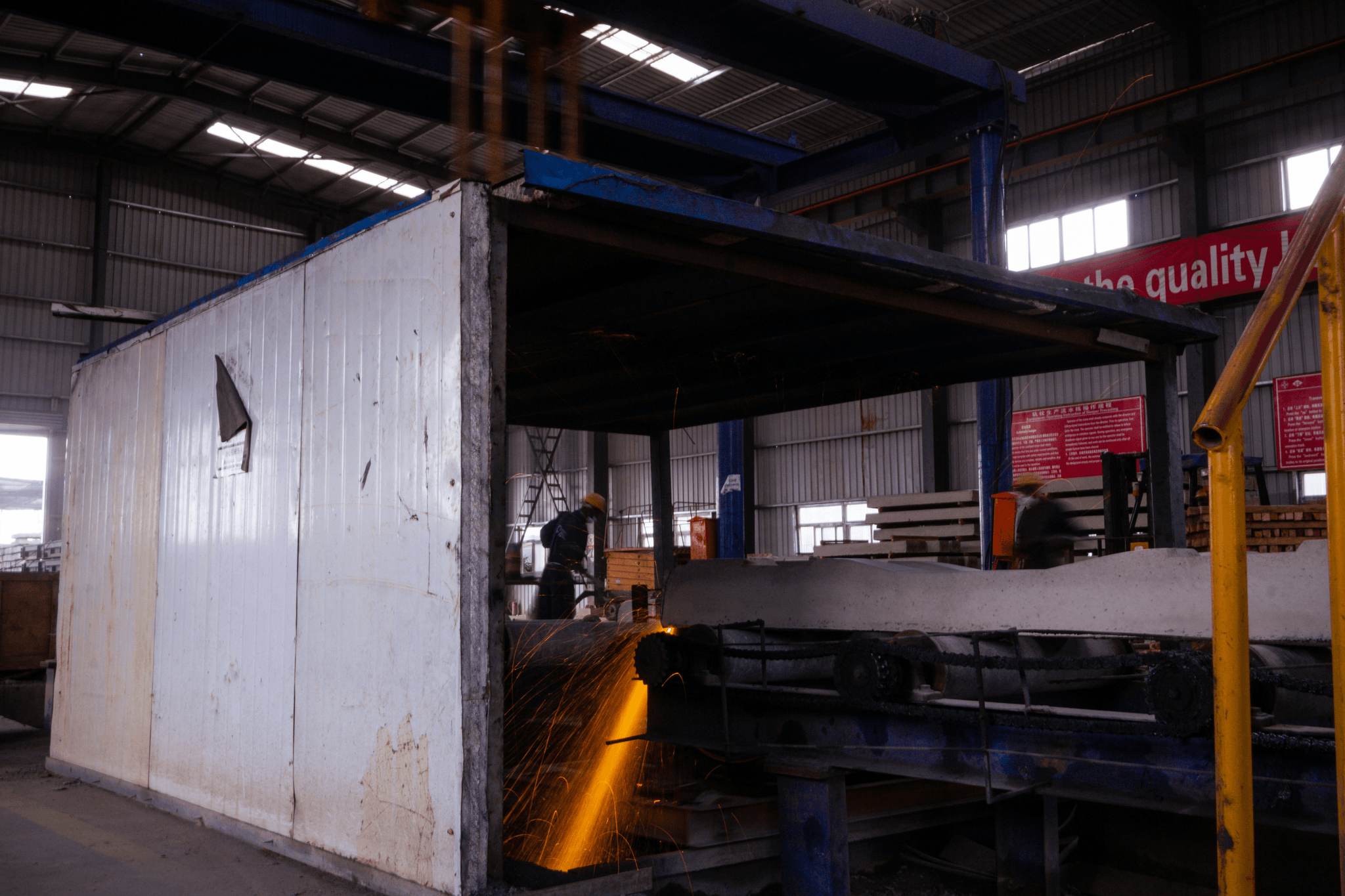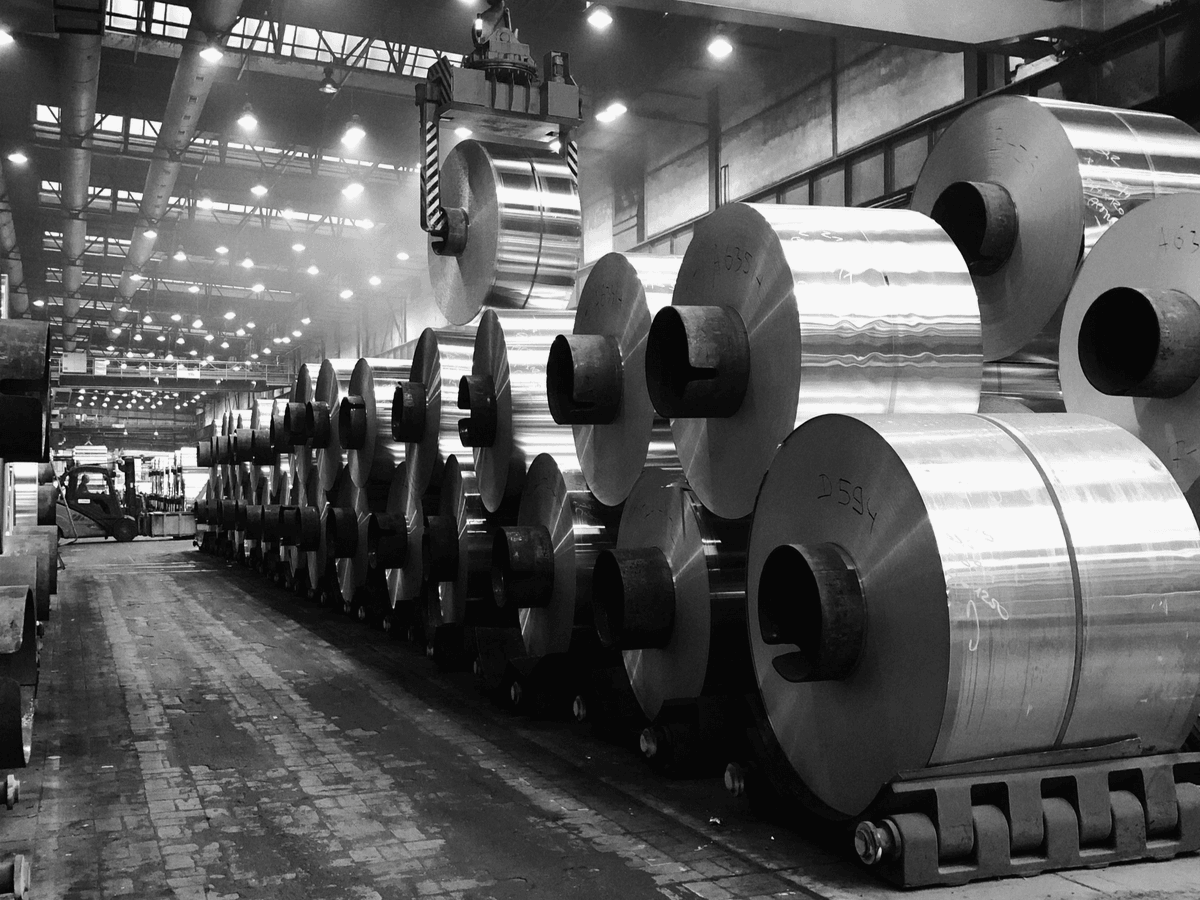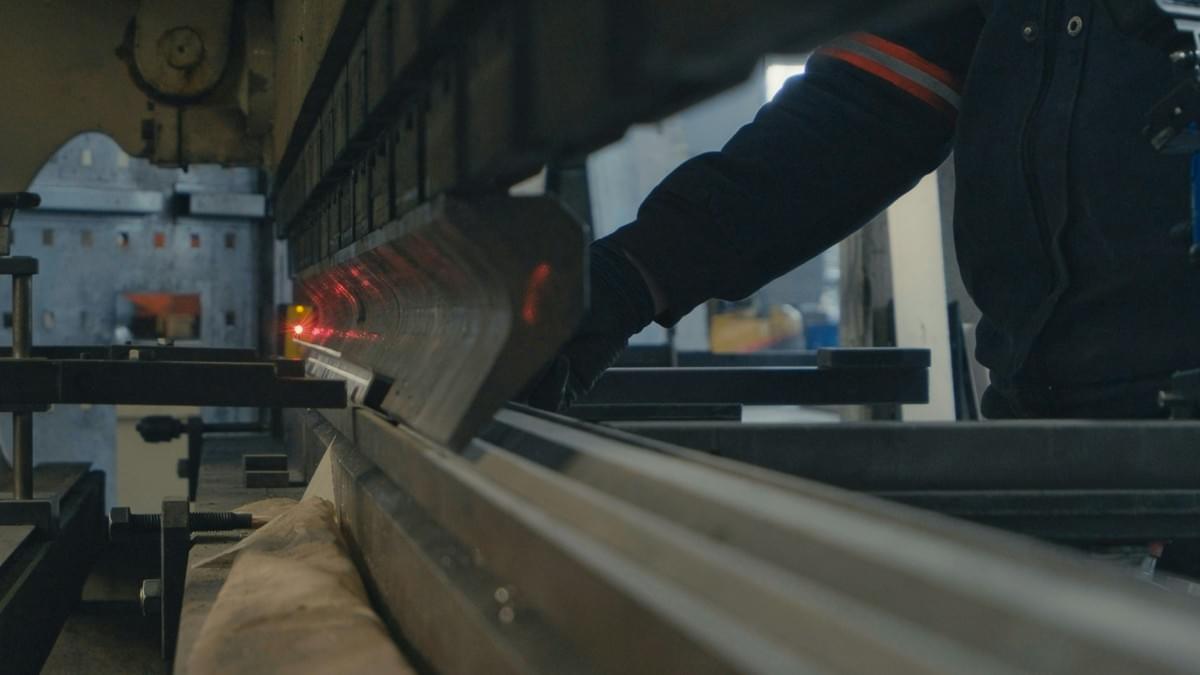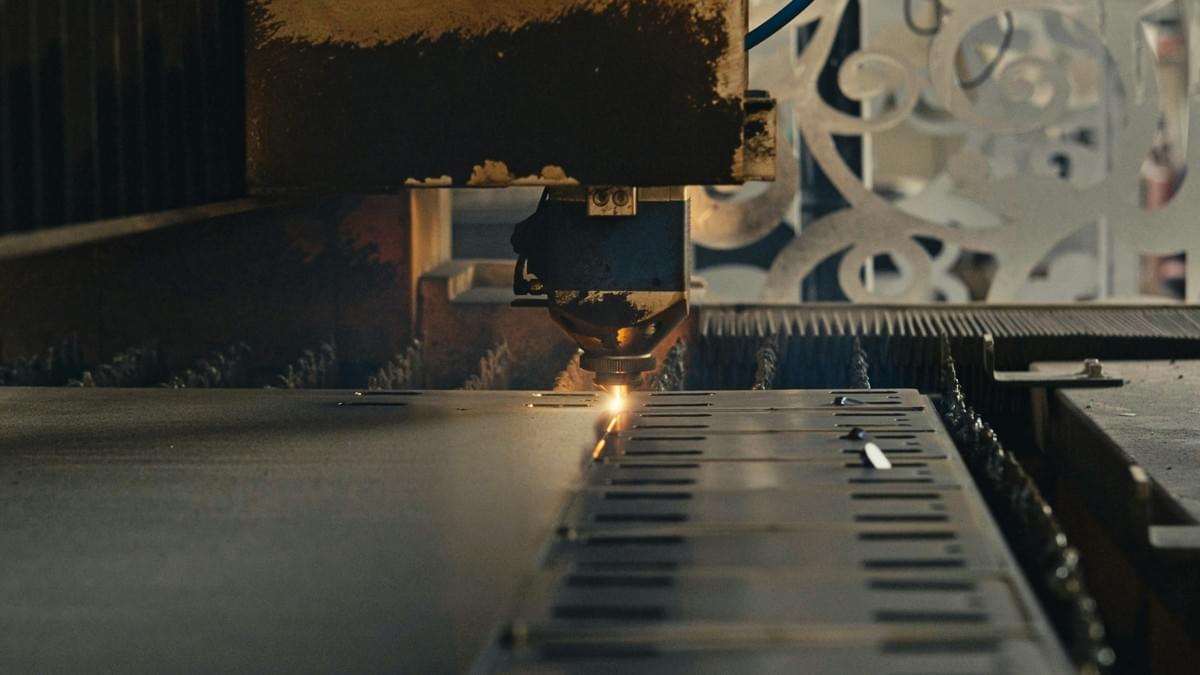Introduction
In the world of metalworking, roll forming has carved out a niche that is both efficient and cost-effective. This process involves shaping metal into specific profiles by passing it through a series of rollers, resulting in consistent and precise forms. Understanding roll forming machines is essential for anyone looking to optimize their manufacturing processes, as they provide unique advantages over traditional methods.
Understanding Roll Forming in Metalworking
So, what is a roll form machine? Simply put, it's a specialized piece of equipment designed to create continuous lengths of material with uniform cross-sections. These machines are integral to the production of various components used in industries such as construction, automotive, and appliances. By grasping the fundamentals of roll forming, manufacturers can harness its capabilities to enhance productivity and reduce waste.
Benefits of Wholesale Roll Forming Machines
Investing in wholesale roll forming machines can yield substantial benefits for businesses seeking to scale their operations. Not only do these machines offer lower costs per unit due to high-volume production capabilities, but they also ensure consistent quality across all products made. Additionally, understanding the cost of door frame roll forming machines can help businesses make informed decisions that align with their budgetary constraints while maximizing output.
Emerging Trends in Roll Form Technologies
The landscape of roll form technologies is constantly evolving, with innovations driving greater efficiency and versatility in metal fabrication processes. Recent advancements include automation features that enhance precision and reduce labor costs significantly—making it easier than ever to integrate roll forming into existing workflows. As we explore emerging trends like smart manufacturing techniques and sustainable practices within this field, it becomes clear that the future holds exciting possibilities for those invested in understanding what is the process of roll forming.
What is a Roll Form Machine?

In the world of metal fabrication, the roll forming machine stands out as a powerhouse of efficiency and precision. This equipment is specifically designed to shape metal sheets into desired profiles by passing them through a series of rollers. But what is a roll form machine? Simply put, it’s an industrial tool that continuously bends metal into specific shapes without cutting, making it ideal for producing long sections of material.
Definition and Key Features
A roll forming machine consists of multiple stations with rollers that progressively shape the metal as it moves through the system. Its key features include adjustable rollers, high production speeds, and the ability to work with various materials like steel, aluminum, and copper. This flexibility allows manufacturers to produce complex shapes with minimal waste, which is essential in today’s competitive market.
The question “What is the process of roll forming?” often arises when discussing these machines. Essentially, it involves feeding flat metal strips into the machine where they are gradually shaped into desired profiles by sequentially passing through multiple roller stations. The result? Consistent and precise components ready for assembly or further processing.
Common Applications in Metal Fabrication
Roll forming machines are widely used across various industries due to their versatility. They are commonly employed in constructing door frames, window frames, roofing panels, and even automotive parts—essentially anything that requires long lengths of shaped metal components. Their ability to produce uniform products at high speeds makes them a favorite among manufacturers looking to optimize production lines.
When considering what is the cost of door frame roll forming machines specifically, prices can vary based on features and capabilities but typically offer great value given their efficiency and output quality. Industries benefit significantly from using these machines because they reduce labor costs while increasing production rates.
Innovations in Roll Forming Technology
The landscape of roll forming technology is constantly evolving with innovations aimed at enhancing efficiency and precision further. Recent advancements include automation features that allow for real-time monitoring and adjustments during production runs—making processes smoother than ever before! Additionally, improved software integration enables better design flexibility when creating new profiles.
Another exciting trend involves hybrid systems that combine traditional roll forming with other techniques like extrusion; this raises an interesting question: What is the difference between extrusion and roll forming? While both processes shape materials efficiently, extrusion pushes material through a die while roll forming relies on bending techniques—each method has its unique advantages depending on project requirements.
What is the Process of Roll Forming?

Roll forming is a continuous bending operation that shapes metal into desired profiles using a series of rollers. This process is particularly efficient for producing long lengths of uniform cross-sections, making it ideal for various applications in the metalworking industry. Understanding what the process of roll forming entails can help manufacturers optimize their production lines and improve overall efficiency.
Step-by-Step Overview of Roll Forming
To grasp how a roll form machine operates, it's essential to break down the process into manageable steps. First, metal strips or sheets are fed into the machine, where they are guided through multiple pairs of rollers that progressively shape them into a specific profile. Each roller performs a small incremental bend until the final shape is achieved, allowing for high precision and consistency throughout long runs.
Once the metal has been formed to specifications, it can undergo additional processes such as cutting or punching to meet specific requirements. The versatility and efficiency of this step-by-step approach make roll forming an attractive option for manufacturers looking to produce components like door frames or other structural elements quickly and accurately. So, if you're wondering what is the process of roll forming? Now you have a clearer picture!
Different Types of Roll Forming Processes
There are several types of roll forming processes that cater to different manufacturing needs and material types. For instance, conventional roll forming involves shaping flat sheets into desired profiles using standard rollers, while more advanced techniques include incremental roll forming and rotary draw bending for complex geometries. Each method has its unique advantages depending on factors such as material type, thickness, and desired end product.
Another notable variation is high-frequency induction welding in which two edges are heated before being joined together during the roll forming process—this technique is particularly useful when creating hollow sections or tubes from flat stock materials. Understanding these different types allows manufacturers to choose the most suitable method based on their production goals and equipment capabilities.
Importance of Precision in Roll Forming
Precision plays a crucial role in successful roll forming operations; even minor deviations can lead to significant quality issues down the line. A reliable roll form machine must maintain tight tolerances throughout production runs to ensure that each component meets industry standards and customer expectations consistently. This level of accuracy not only enhances product quality but also minimizes waste and reduces rework costs—a win-win situation for any manufacturer.
Moreover, investing in advanced technology like computer numerical control (CNC) systems can further enhance precision by automating adjustments during production processes based on real-time feedback from sensors embedded within machines. As you consider what is the cost of door frame roll forming machines or any other equipment investment, remember that precision directly impacts both operational efficiency and long-term profitability.
Cost Considerations for Roll Form Machines

When it comes to investing in a roll forming machine, understanding the costs involved is crucial for any business. The price of these machines can vary significantly based on various factors, including the type of machine and its capabilities. In this section, we will explore the cost of door frame roll forming machines and what influences their pricing.
What is the Cost of Door Frame Roll Forming Machine?
The cost of a door frame roll forming machine typically ranges from $20,000 to over $100,000, depending on specifications and features. For example, a basic model may be more affordable but could lack advanced capabilities that enhance production efficiency. On the other hand, high-end machines equipped with automation features and custom tooling can command higher prices but offer better long-term value through increased productivity.
Factors Influencing the Price
Several factors influence the price of a roll form machine, including material quality, production speed, and customizations available. The complexity of design also plays a significant role; intricate designs may require specialized tooling that adds to costs. Additionally, manufacturers with strong reputations often charge more due to their proven reliability and support services.
Budgeting for a Roll Forming Investment
When budgeting for a roll forming investment, it's essential to consider not just the initial purchase price but also ongoing operational costs like maintenance and energy consumption. Assessing your production needs will help determine which features are necessary versus those that are merely nice-to-have. By carefully evaluating these aspects alongside understanding what is the process of roll forming?, businesses can make informed decisions that align with their financial goals.
Comparing Manufacturing Techniques

In the world of metal fabrication, understanding the differences between various manufacturing techniques is crucial for making informed decisions. Among these methods, roll forming and extrusion stand out as popular choices, each with its own unique advantages and applications. By exploring what each technique offers, you can better determine which is best suited for your specific needs.
What is the Difference Between Extrusion and Roll Forming?
Extrusion involves pushing heated material through a die to create continuous shapes, while a roll form machine uses a series of rollers to gradually shape metal into desired profiles without cutting or removing material. The key distinction lies in how the material is manipulated: extrusion applies pressure to force material through a fixed opening, whereas roll forming relies on continuous bending and shaping. Understanding this fundamental difference helps clarify when to use each method based on project requirements.
Pros and Cons of Each Method
When comparing extrusion with roll forming machines, it's essential to weigh their respective pros and cons. Roll forming machines are known for their efficiency in producing long lengths of uniform shapes at high speeds, making them ideal for projects requiring consistent profiles like door frames or structural components. However, while roll forming offers precision and versatility, it may not be suitable for complex cross-sections that extrusion can easily handle—such as intricate designs or varying wall thicknesses.
On the flip side, extrusion shines in creating complex shapes but often requires longer lead times due to tooling setup and higher costs for low-volume runs compared to roll forming machines. Additionally, because extrusion typically involves heating materials before shaping them, it may introduce issues related to thermal distortion that can affect precision. Balancing these factors will help you decide which method aligns best with your production goals.
Choosing the Right Technique for Your Needs
Selecting between roll forming and extrusion depends largely on your specific project requirements—considering aspects such as part complexity, volume needs, and budget constraints is vital in this decision-making process. If you're looking at mass production of simple shapes like those produced by a door frame roll forming machine or other standard profiles, roll forming might be your go-to option due to its speed and cost-effectiveness. Conversely, if your project demands intricate designs or unique specifications that require more flexibility in shape creation—extrusion could be the better fit.
Ultimately, understanding what is the process of roll forming alongside what is the cost of door frame roll forming machine will give you valuable insights into optimizing your manufacturing strategy while ensuring quality output tailored to your needs. By carefully evaluating both methods' strengths and weaknesses against your project criteria, you'll make an informed choice that enhances productivity without compromising quality.
Leading Suppliers of Roll Forming Machines

In the realm of roll forming, choosing the right supplier can make all the difference. With numerous manufacturers and distributors in the market, it’s essential to identify those who deliver quality and reliability. This section will explore one leading supplier, Kiant Machinery, alongside tips for assessing other suppliers and making informed purchasing decisions.
Kiant Machinery: An Industry Leader
Kiant Machinery stands out as a premier provider of roll forming machines, renowned for its innovative designs and robust engineering. Their commitment to quality ensures that customers receive machines capable of producing high-precision components consistently. When considering what is a roll form machine?, Kiant’s offerings exemplify advanced technology tailored for various applications in metal fabrication.
Customers frequently rave about Kiant's exceptional customer service and technical support, which helps businesses maximize their investment in roll forming machinery. Additionally, their extensive range includes specialized models catering to unique needs, such as door frame roll forming machines. As you ponder what is the cost of door frame roll forming machine options from Kiant Machinery, remember that investing in reliable equipment pays dividends through reduced downtime and increased efficiency.
Assessing Quality and Reliability in Suppliers
When searching for a suitable supplier of roll forming machines, quality and reliability should be at the forefront of your evaluation criteria. A reputable supplier will provide detailed information about their manufacturing processes and offer insights into what is the process of roll forming? Understanding these elements can help you gauge whether they meet industry standards.
Look for customer testimonials or case studies that showcase how other businesses have benefited from their machinery. It’s also wise to inquire about warranties or service agreements; these can be indicators of a company's confidence in their products’ longevity and performance. Remember that while price is important—especially when considering what is the cost of door frame roll forming machine—it shouldn't overshadow the importance of quality craftsmanship.
Making Smart Purchasing Decisions
Navigating through various options when purchasing a roll forming machine can feel overwhelming; however, making informed decisions doesn’t need to be complicated. Start by clearly defining your project's requirements: consider production volume, material types, and specific applications like those associated with door frames or structural components. This clarity will help you determine whether extrusion or roll forming suits your needs better—what is the difference between extrusion and roll forming?
Next, engage with potential suppliers directly; ask questions about their technology innovations related to precision engineering in rolling processes as well as after-sales support services they offer. Lastly, don't rush into a purchase without comparing multiple quotes—this ensures you get not only competitive pricing but also value-added features that enhance your manufacturing capabilities.
Conclusion
In wrapping up our exploration of roll forming machines, it's clear that these innovative tools play a pivotal role in modern metalworking. Understanding what is a roll form machine and its capabilities can significantly enhance production efficiency and product quality. As we’ve discussed, the process of roll forming offers distinct advantages over other manufacturing techniques, making it an appealing choice for many industries.
Key Takeaways About Roll Forming Machines
Roll forming machines are designed to create complex shapes from metal sheets or strips with remarkable precision and speed. What is the cost of door frame roll forming machine? It's essential to consider that while initial investments can vary, the long-term savings on material waste and labor can be substantial. Additionally, understanding what is the process of roll forming helps manufacturers optimize their operations by reducing lead times and increasing output consistency.
Insights on Choosing the Right Equipment
When selecting a roll forming machine, it’s crucial to evaluate your specific production needs against the features offered by various models. Factors such as material type, thickness, and desired output should guide your decision-making process. Also, don’t forget to compare what is the difference between extrusion and roll forming; knowing how these methods stack up against each other will ensure you make an informed choice tailored to your manufacturing goals.
Future of Roll Forming in Manufacturing
The future of roll forming in manufacturing looks promising with ongoing technological advancements enhancing efficiency and capabilities. Innovations such as automated controls and smart technology integration are set to revolutionize how we think about what is a roll form machine in production lines. As industries continue to demand more customized solutions at lower costs, understanding trends will be vital for staying competitive in this ever-evolving landscape.
